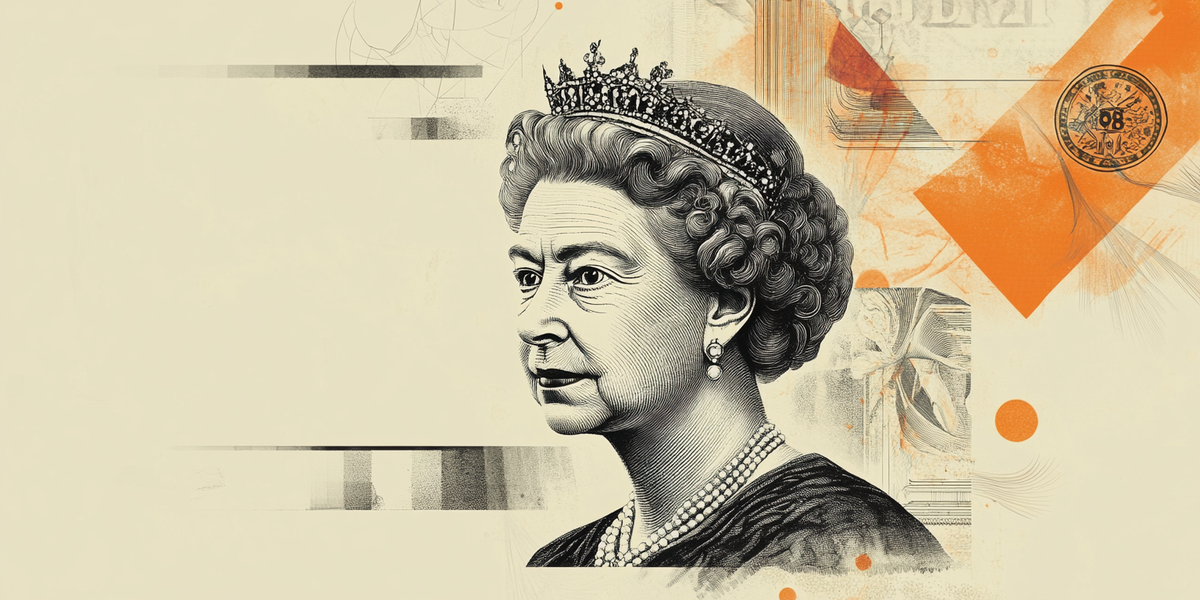Spring statement preview: The Chancellor swings the axe

The Chancellor will deliver her spring statement on Wednesday 26th March at 1200 GMT. The Chancellor has said that this is not a fiscal event, however, she is expected to announce a swathe of spending cuts that have been well signaled in recent days. Big cuts are expected across government budgets, the civil service is expected to see a large reduction in costs and in personnel, and £5bn is expected to be shaved off of the disability benefits bill. Reports suggest that there could be further cuts to benefits announced today, with some universal credit benefits frozen until 2030 in an effort to cut government spending.
The focus on spending cuts is designed to help Reeves rebuild her fiscal headroom, which has been eroded by a sharp reduction in the Office for Budget Responsibility’s forecast for UK growth.
There are very few spending increases that are expected to be announced today, bar some small spending pledges for homes and technical colleges. If October was the Budget of tax rises, then this is the Budget of spending cuts. The balance between taxes and spending plans have, so far, been absorbed by financial markets well. But will it stay this way?
The bond market
Since 2022, whenever the UK has a fiscal event, it is worth checking the UK’s bond market. On a year-to-date level, UK bond yields have been stable, but it is worth noting that yields have risen sharply in the past week, and UK Gilts have underperformed their European and US counterparts. The 10-year UK yield is higher by 9 bps, compared with a 6bp decline for German yields in the past week, which is worth watching during the Spring Statement.
For now, we could argue that UK yields have been moving in the same overall direction as global yields and has not been an outlier so far this year. We will be watching to see if the bond market reacts positively to the spring statement, and if it helps UK yields to move back in line with global norms.
Zooming out, the UK bond market does not look so bad. In the past month, UK 10-year yields have risen by 25bps, however, in France yields have risen by 33bps and in Germany yields are higher by 36bps. Although short-dated UK yields have risen at a faster pace than Europe and elsewhere, this in part reflects a less dovish Bank of England compared to the ECB and the Fed, and a decent picture for growth.
This may sound contradictory. The OBR is set to slash the UK’s growth forecast on Wednesday. However, the OECD expects the UK to be the second fastest growing economy in the G7 this year, as the UK is less impacted by President Trump’s tariffs. Added to this, UK sentiment data is starting to hint at stronger growth ahead, which could limit the prospect of BOE rate cuts for the ‘right’ reasons.
Thus, the growth outlook, even if it is cut by the OBR on Wednesday, may not be a problem for the bond market at this stage. We think that the bond vigilantes will stay away, because bond investors are likely to welcome Reeves’ plans to cut spending. Although spending cuts could impact growth down the line, the bond market is more focused on public debt levels and future debt issuance, which should both drop if the Chancellor follows through with her plans to wield the axe to benefits and the cost of government.
Thus, if the bond market does wobble on the back of the UK’s spring statement and if we see rising 10-year Gilt yields, we think this will be temporary.
The Pound
The pound has managed a 3.4% gain vs. the USD so far this year, and GBP is middle of the G10 FX pack so far in 2025. Since the start of March, GBP/USD is higher by nearly 2%, and as we lead up to the spring statement, this pair is edging towards $1.30. Cable remains well above the 200-day sma at $1.2800, which is a key support level if the spring statement spooks the FX market.
The pound has also rallied vs. the euro this month, and the sell off has been brutal. EUR/GBP has sliced through some key support levels including the 200-day sma and the 50-day sma, suggesting that momentum could be on the downside. A sell off in the pound on the back of today’s mini budget could be the only way for EUR/GBP to stage a comeback.
The prospect of reciprocal tariffs has hit the euro hard, so the next week will be key for the single currency. For the pound, the spring statement looms large. Some banks have started to sour on the pound and have revised down their expectations for GBP through to the end of the year. The driver of the downward revisions is Reeves’ spending cuts. Some analysts are nervous about the outlook for GBP as spending cuts could weigh on growth, and lead to a sterling reversal. They also think that fiscal concerns could linger in the UK, after a raft of stronger than expected public sector borrowing data and some doubts about how effective public sector spending cuts will be.
If financial markets are not convinced that the Chancellor’s latest plans will rebuild her fiscal headroom, then we could see the pound come under pressure. The pound’s strong run in recent months could also exacerbate the sell off. Finally, the fragility of the UK’s public finances, combined with President Trump’s tariff threats could knock GBP, and limit GBP/USD upside as it approaches $1.30.
Author

Kathleen Brooks
XTB UK
Kathleen has nearly 15 years’ experience working with some of the leading retail trading and investment companies in the City of London.

















